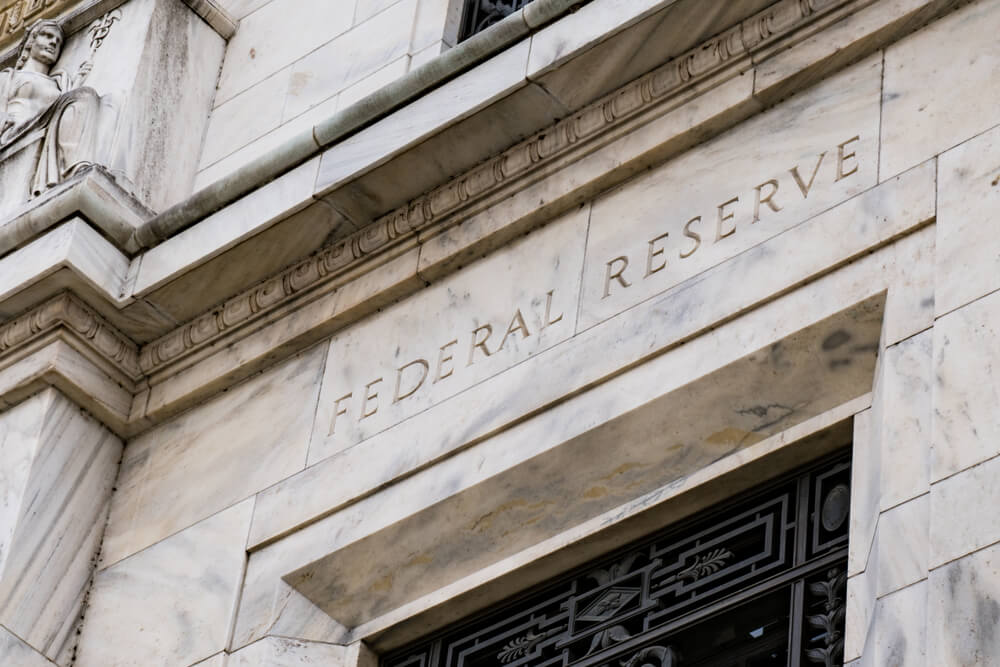
After a series of financial panics, Congress passed the Federal Reserve Act in 1913, which created the Federal Reserve System, the central banking system of the U.S. The Fed was granted the authority to issue Federal Reserve Notes (the U.S. dollar) as legal tender. The goal was to create a national currency and monetary system that could respond effectively to stresses in the banking system and create a stable financial system. Fed policy is important to investors. When Fed policy is “loose” (interest rates are low or decreasing), it provides ample funds to the financial system, which tends to lift stock prices. When policy is “tight” (interest rates are high or increasing), the Fed restricts funds in the system, which tends to cause stock prices to fall. Fed policy is one of the key factors Clean Yield uses when assessing the stock market outlook.
The Fed’s primary responsibility for more than six decades was to control inflation in the prices of goods and services so as to foster predictability for businesses and consumers in making purchasing and investing decisions. But in response to rising unemployment in the 1970s, Congress added an additional mandate for the Fed: to promote maximum employment. This dual mandate – controlling inflation and maximizing employment – is inherently contradictory. Controlling inflation requires a “tight” policy of maintaining high (or rising) interest rates as economic activity heats up. Maximizing employment, however, requires a robust economy fueled by low interest rates that eventually produces inflation because of shortages of resources and workers. The Fed is the only major central bank to have such a conflicting mandate.
Jerome Powell, the current Fed chair, is the latest to struggle with the dual mandate. Unemployment is at a 40-year low, and stock prices are among the most expensive of the past hundred years. Powell has continued the cautious attempts begun by Janet Yellen two years ago to gradually “tighten” Fed policy after eight years of unprecedented stimulus in the wake of the financial crisis. But each time the Fed has tried to move ahead with its plan, investors have been spooked, which makes the situation even more fragile. A tough spot indeed.
